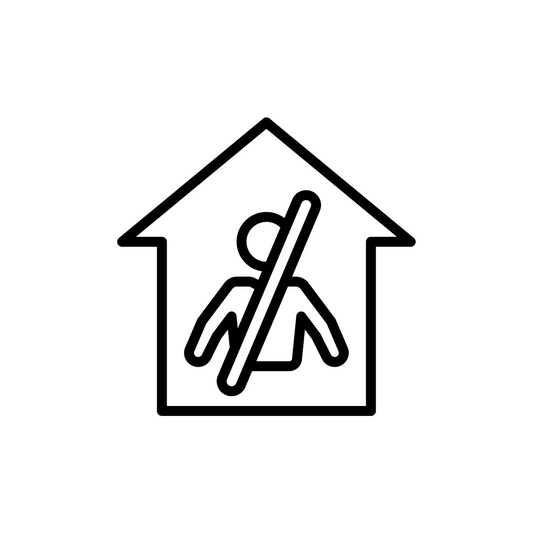
Investment house for rent:
Method 1.
For income generated from the rental of investment properties, tax law S216 stipulates that any non-tax resident must mortgage 25% of the expected annual rental income before the property is rented
Method 2.
But 25% of a year’s total income is not a small number after all. For most investors who have just paid a deposit and still have a mortgage, it is difficult to prepay such a large sum of money in advance. The tax bureau then allows non-tax residents to apply for NR6 through an agent that meets the requirements. NR6 needs to be submitted on or before January 1 each year. Once approved, the client can budget the net income of one year’s rent and mortgage the net income 25% of the amount is in your personal CRA account, thus saving considerable cash flow compared to method 1. There will be a discrepancy between the budgeted net income and the actual expenses, so in the second year, you still need to follow the steps in method one, submit the NR4 slip tax return before March 31
Method 2 is favored by more investors because it can save cash flow. However, it should be noted that in order to facilitate accountability, the tax law stipulates that the principal shall bear all possible tax liabilities. Due to the heavy responsibility and complicated tasks, reliable clients are hard to buy. Regarding the specific tax details of non-tax residents’ rental income, we also have special articles for your reference.





